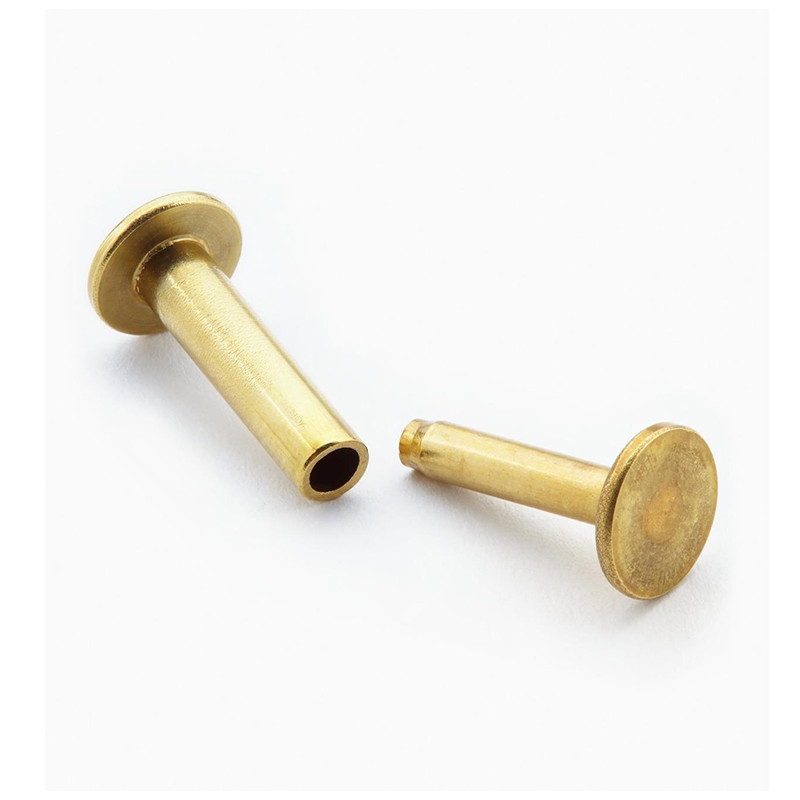

Jūs turite būti prisijungę
Category


Nuotraukos yra skirtos tik informaciniams tikslams. Peržiūrėkite produkto specifikaciją
please use latin characters
Hot forming is a process in the manufacture of industrial fasteners such as bolts, screws and rivets. Heat is used to soften the metal which is usually a sheet, bar, tube or wire and then pressure is used to alter the shape of the metal by performing any of the following operations:
| Heading | Forming a head on a bolt, screw or rivet |
| Blanking | Cutting a whole piece from sheet metal |
| Punching | Cutting a hole |
| Slotting | Cutting of elongated holes |
| Perforating | Cutting of a group of holes |
| Trimming | Cutting away excess metal |
| Shearing | Cutting in straight line completely across piece |
| Bending | Producing single, double, straight flange, edge hem, curl or double hem bends |
|
|
Cold Form
|
Warm Form
|
Hot Form
|
|
Temperature
|
Ambient
|
400-900 °F
|
1300-2000 °F
|
|
Die Pressure
|
High
|
Lower
|
Lowest
|
|
Stress
|
Residual
|
Medium
|
Minimal
|
|
Grain Flow
|
Good
|
Better
|
Best
|
|
Scaling
|
None
|
Less
|
More
|
Advantages
Ar Jūs domina šis produktas? Ar Jums reikia papildomos informacijos ar individualaus pasiūlymo?
tu turi būti prisijungęs
Hot forming is a process in the manufacture of industrial fasteners such as bolts, screws and rivets. Heat is used to soften the metal which is usually a sheet, bar, tube or wire and then pressure is used to alter the shape of the metal by performing any of the following operations:
| Heading | Forming a head on a bolt, screw or rivet |
| Blanking | Cutting a whole piece from sheet metal |
| Punching | Cutting a hole |
| Slotting | Cutting of elongated holes |
| Perforating | Cutting of a group of holes |
| Trimming | Cutting away excess metal |
| Shearing | Cutting in straight line completely across piece |
| Bending | Producing single, double, straight flange, edge hem, curl or double hem bends |
|
|
Cold Form
|
Warm Form
|
Hot Form
|
|
Temperature
|
Ambient
|
400-900 °F
|
1300-2000 °F
|
|
Die Pressure
|
High
|
Lower
|
Lowest
|
|
Stress
|
Residual
|
Medium
|
Minimal
|
|
Grain Flow
|
Good
|
Better
|
Best
|
|
Scaling
|
None
|
Less
|
More
|
Advantages
Jūsų atsiliepimo įvertinimas negali būti išsiųstas
Pranešti apie komentarą
Pranešimas apie atsiliepimą išsiųstas
Jūsų pranešimas apie atsiliepimą neišsiųstas
Parašyti savo atsiliepimą
Atsiliepimas išsiųstas
Jūsų atsiliepimas neišsiųstas
